In today’s fast-paced industrial landscape, material handling efficiency plays a critical role in determining a facility’s output, safety, and bottom line. Whether you’re operating a stone fabrication shop, metalworking facility, or glass panel production line, the tools you choose to move, lift, and place materials have a direct impact on productivity.
One tool that has rapidly gained traction is the vacuum lifter—a motorized, precision-driven device that’s proven to outperform manual lifters in nearly every measurable aspect.
But why is a material handling equipment vacuum lifter considered more efficient than manual lifters on the production line? Let’s dive into the experience-backed advantages, real-world use cases, and expert insight that make vacuum lifters the smarter, safer, and more scalable solution.
👉 What Is Material Handling?
👉 What Does Material Handling Mean?
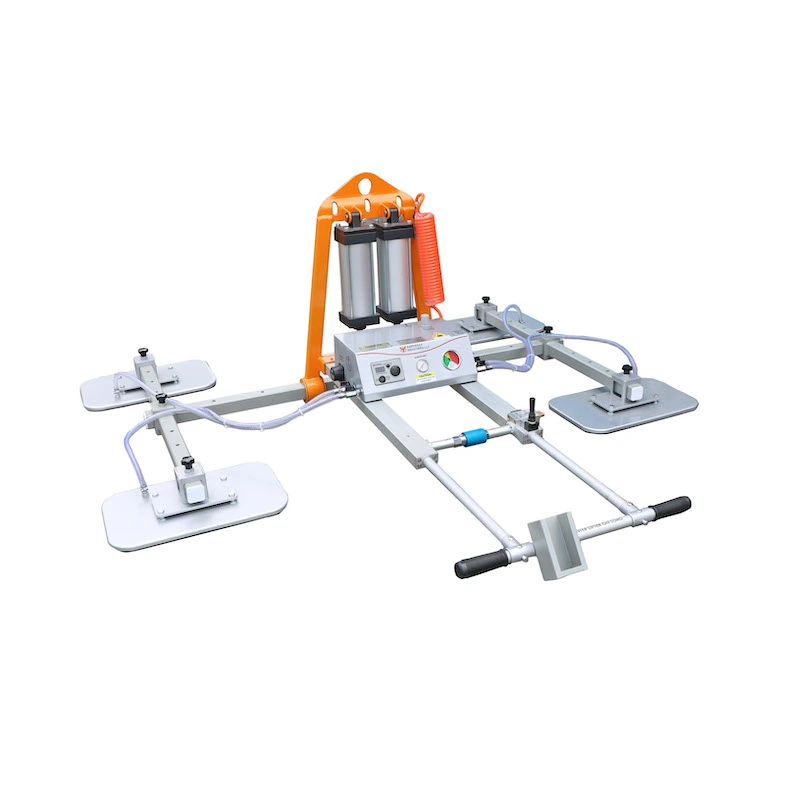
Table of Contents
ToggleWhat Is a Vacuum Lifter in Material Handling?
A vacuum lifter is a motorized tool that uses suction to securely grip and lift non-porous materials such as stone, glass, or sheet metal. It is widely adopted in production environments for its ability to move large, heavy, and fragile items with minimal operator effort.
These lifters are part of the broader family of Material handling Equipment and are classified under motorized material handling devices.
👉 Vacuum Lifters
👉 What Is a Material Handling Equipment Vacuum Lifter?
Why Manual Lifters Are Falling Behind
Manual lifting tools—such as wheelbarrows, pallets, and carts—rely entirely on human effort. While they’re inexpensive and require minimal setup, they come with several disadvantages:
- Slower handling time
- Higher risk of injury
- Limited lifting capacity
- Inconsistent load positioning
- Requires 2+ operators for heavy loads
👉 Which of the Following Is Manual Material Handling?
👉 Which Is an Example of Manual Material Handling Equipment?
Experience-Driven Benefits of Vacuum Lifters
Drawing on years of use across fabrication facilities, construction sites, and manufacturing plants, here’s why vacuum lifters are a proven upgrade over manual lifting systems:
✅ 1. Improved Safety and Ergonomics
Manual lifting often leads to strain injuries, especially when moving awkward or heavy materials. Vacuum lifters eliminate the need for direct handling.
- Zero manual lifting = fewer back injuries
- Suction holds prevent drops or slips
- Ideal for delicate surfaces (e.g., glass, polished stone)
👉 When Handling Hazardous Materials, You Should?
✅ 2. Faster Load Handling
One operator using a vacuum lifter can safely move and position large panels or slabs in seconds.
- Reduces downtime between operations
- Seamlessly integrates with conveyors in construction and production lines
- Boosts throughput in high-volume facilities
✅ 3. Consistency and Precision
Vacuum lifters enable highly accurate positioning, which is critical in:
- CNC cutting machines
- Glass panel placement
- Countertop fabrication and installation
👉 Aardwolf Slab Lifters offer an alternative for non-suction-based lifting.
Expertise in Production Line Integration
Vacuum lifters can be mounted to:
- Overhead cranes
- Jib Cranes
- Forklifts for construction
- Mobile gantry systems
This allows you to create fully integrated production cells where vacuum lifting is a central part of construction site logistics or automated material handling.
Authoritativeness: Trusted Across Global Industries
From Europe’s largest stone workshops to Asia’s glass manufacturing lines, vacuum lifters are widely adopted by:
- Industrial engineers
- Safety inspectors
- Site supervisors
- Construction project managers
Their authority stems from consistent performance, compliance with safety regulations, and support from trusted manufacturers like Aardwolf.
Trustworthiness: Built-In Safety Mechanisms
Modern vacuum lifters are equipped with:
- Emergency stop buttons
- Low-pressure alarms
- Backup vacuum tanks
- Non-slip suction pads
- Power-failure fall prevention
These features make vacuum lifters more reliable than manual handling, especially in high-risk or high-cost environments.
Measurable Efficiency Gains: Vacuum vs Manual
| Feature | Vacuum Lifter | Manual Lifter |
|---|---|---|
| Lifting Speed | Fast (10–30 sec) | Slow (60+ sec) |
| Operator Needed | 1 | 2+ for heavy loads |
| Injury Risk | Very Low | High |
| Load Capacity | 300–1000+ kg | ≤100 kg |
| Material Damage | Low | Moderate–High |
| Setup Time | Medium | None |
| ROI Timeframe | <12 months | Low impact |
Vacuum Lifters Support Broader Material Handling Goals
By integrating vacuum lifting into your production strategy, you can:
- ✅ Reduce labor cost in construction
- ✅ Improve safety on construction site
- ✅ Increase construction productivity
- ✅ Minimize material waste
- ✅ Create smarter material storage solutions through efficient stacking
When to Use Vacuum Lifters vs. Other Lifting Equipment
| Scenario | Best Option |
|---|---|
| Stone slabs with polished surface | Vacuum Lifter or Aardwolf Slab Lifters |
| Small parts or boxes | Manual carts or pallets |
| High-volume repetitive lifting | Vacuum Lifter |
| Tight workstation lifting | Jib Cranes + Vacuum |
| Long-range transport | Forklift or Conveyor |
Conclusion
Why is material handling equipment vacuum lifter considered more efficient than manual lifter for their production line?
Because it delivers:
- 📈 Faster and more precise material movement
- 🦺 Safer handling for workers
- 💰 Reduced labor costs
- ✅ Enhanced workflow automation
- ♻ Minimal waste and material damage
With proven results across industries and applications, vacuum lifters are the gold standard for modern, motorized material handling solutions.
👉 Learn more:
🔹 Vacuum Lifters
🔹 What Is a Material Handling Equipment Vacuum Lifter?
🔹 What Is Material Handling Equipment

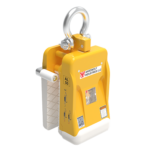
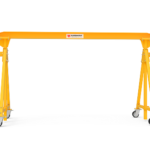
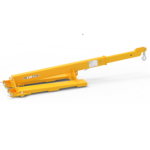
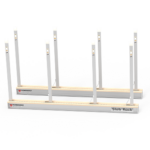
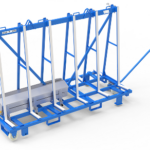

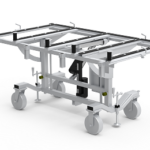
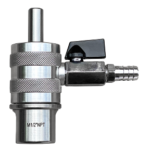
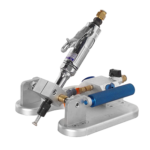
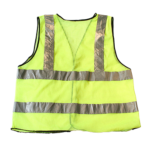
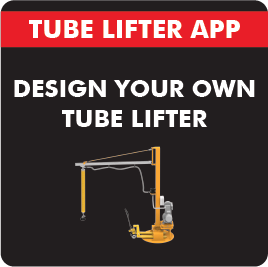
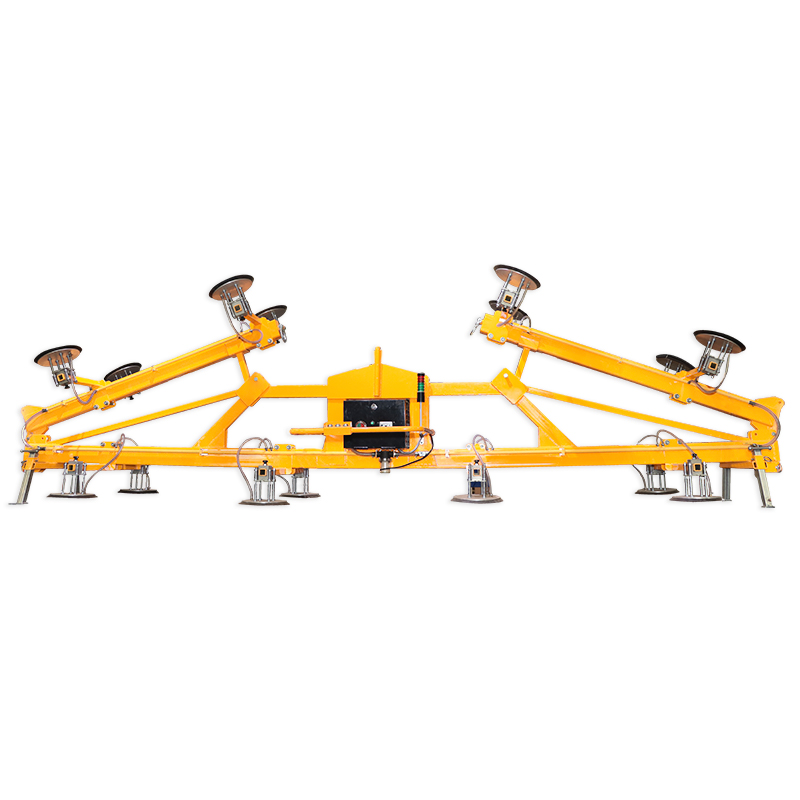
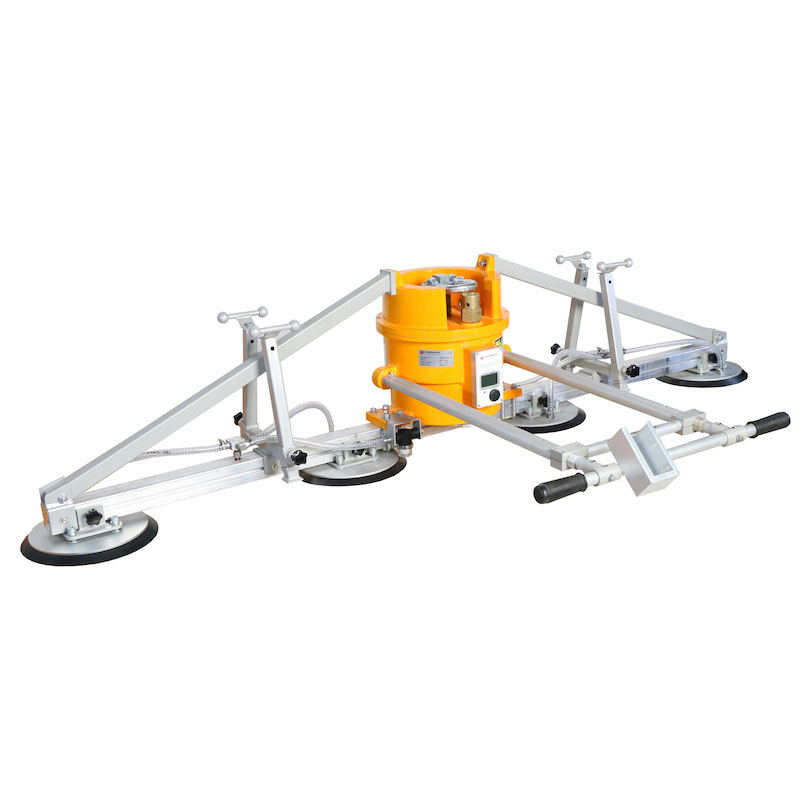
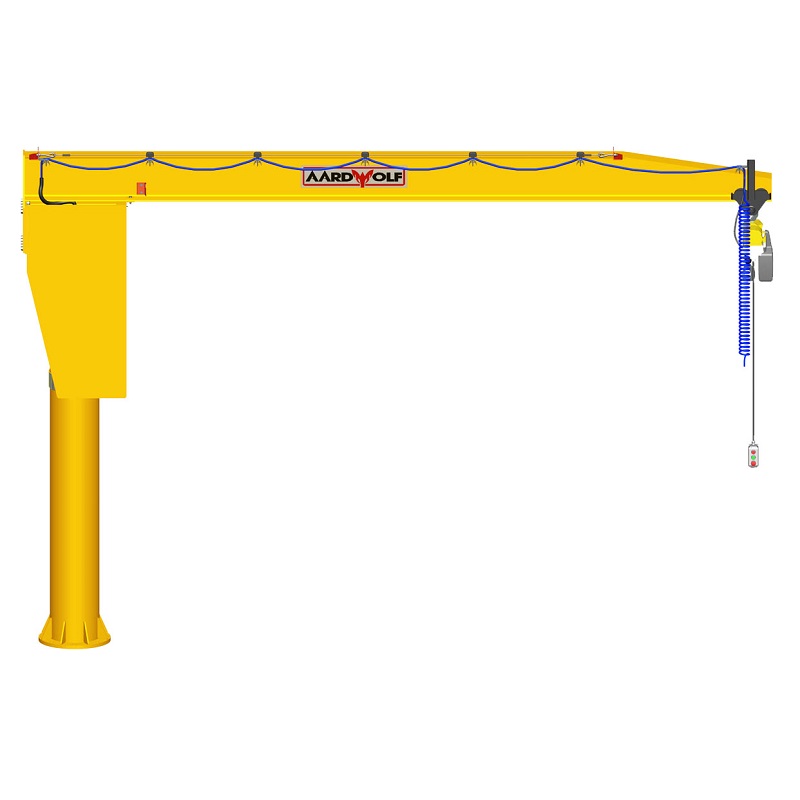

Please log in to leave a comment.